
All about the House Mouse Wildlife
house mouse House mouse (Mus musculus). House mice are primarily nocturnal and terrestrial. Nervously active, they are agile climbers and jumpers and are also good swimmers. Outdoors, they excavate burrows in which to build nests of dry grass, but they will also den among rocks and crevices.
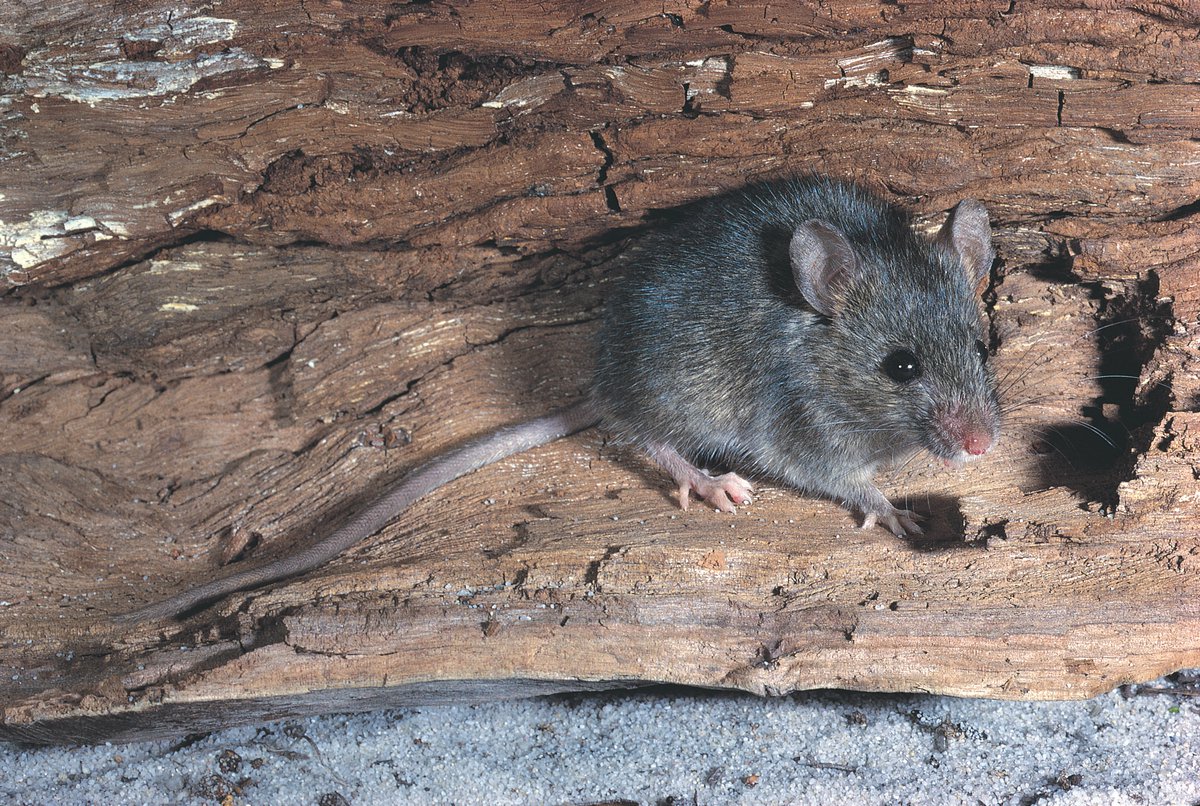
House Mouse The Australian Museum
Above photo: House mouse, Mus musculus, from Purdue Extension publication AS-692-W The most common rodent pest in structures is the house mouse, Mus musculus.House mice exist in all 50 states of the U.S. When seen, some people scream, others climb on furniture, and others simply make a trip to town for some mouse traps or poison.
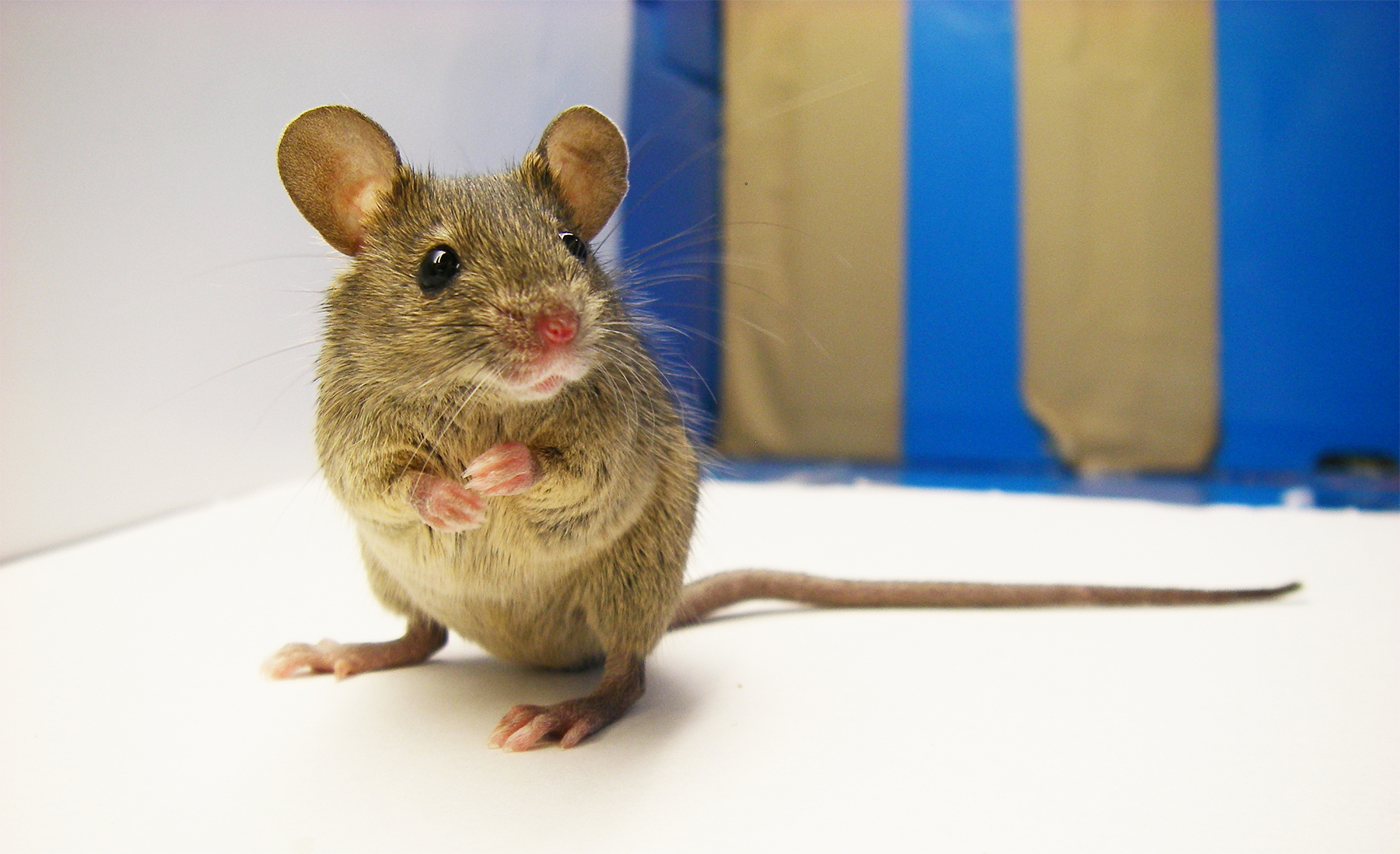
Unravelling diversity of wild house mouse Mirage News
House-Mouse Friends®. 5" x 7" Blank Cards. 5" x 7" Matted Prints. Address Labels. Coasters. Garden Flags. Garden Flags w/text. Gift Enclosures. Image Gallery.

How house mice made themselves a part of human life •
If a house mouse is a pet, the average life span is about 2 years, but mutant and calorie-restricted captive individuals have lived for as long as 5 years. Wild-derived captive Mus musculus individuals have lived up to 4 years in captivity. In the wild, most mice do not live beyond 12-18 months.
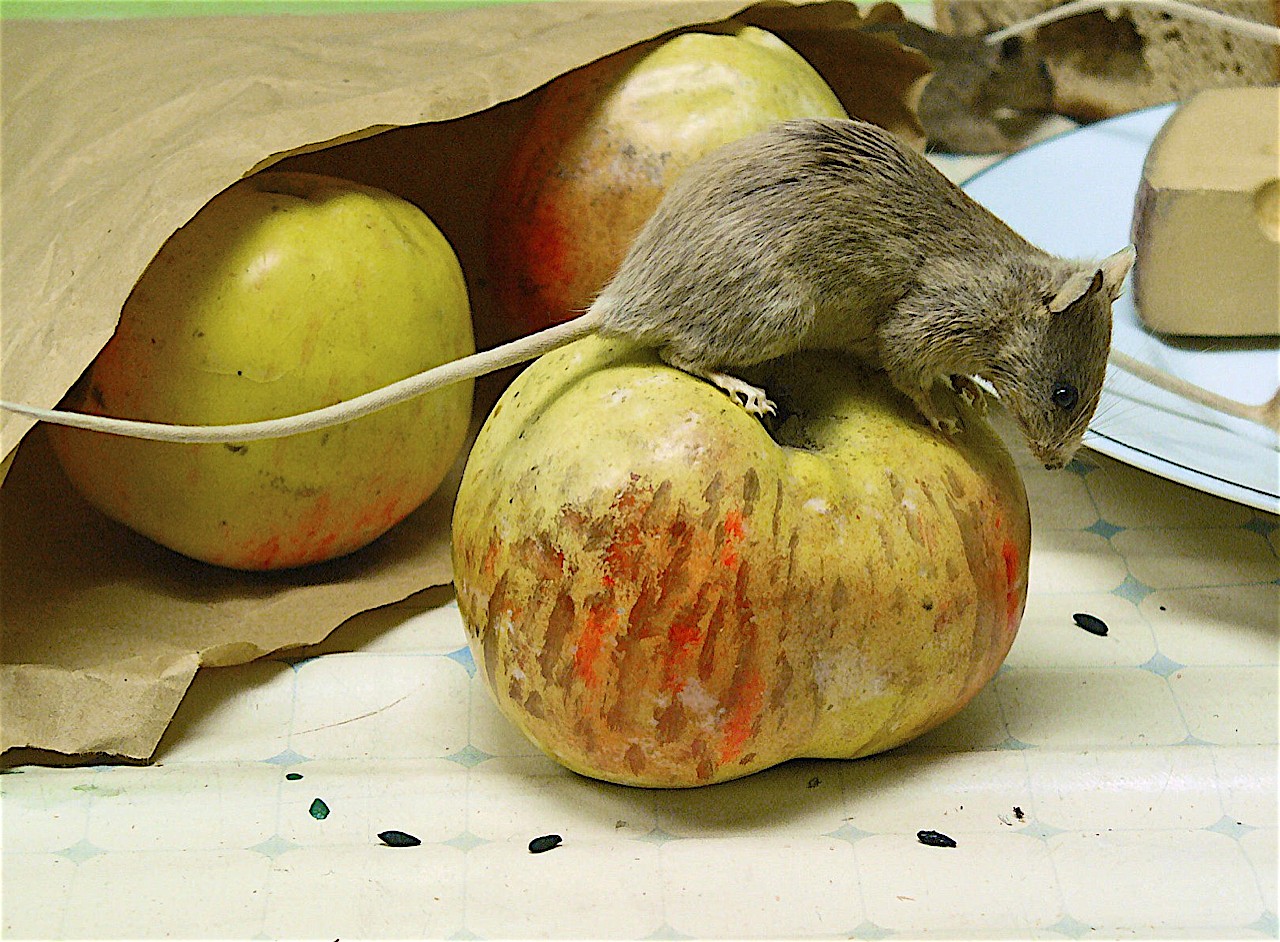
All about the House Mouse Wildlife
01 of 12 How Do You Know if You Have Mice? The Spruce / Adrienne Legault Although the most obvious sign of mice is actually seeing live or dead mice in your house, there are plenty of other signs that can tell you a mouse infestation might be building. These include: Gnawed holes in stored foods, piled papers, insulation, etc.
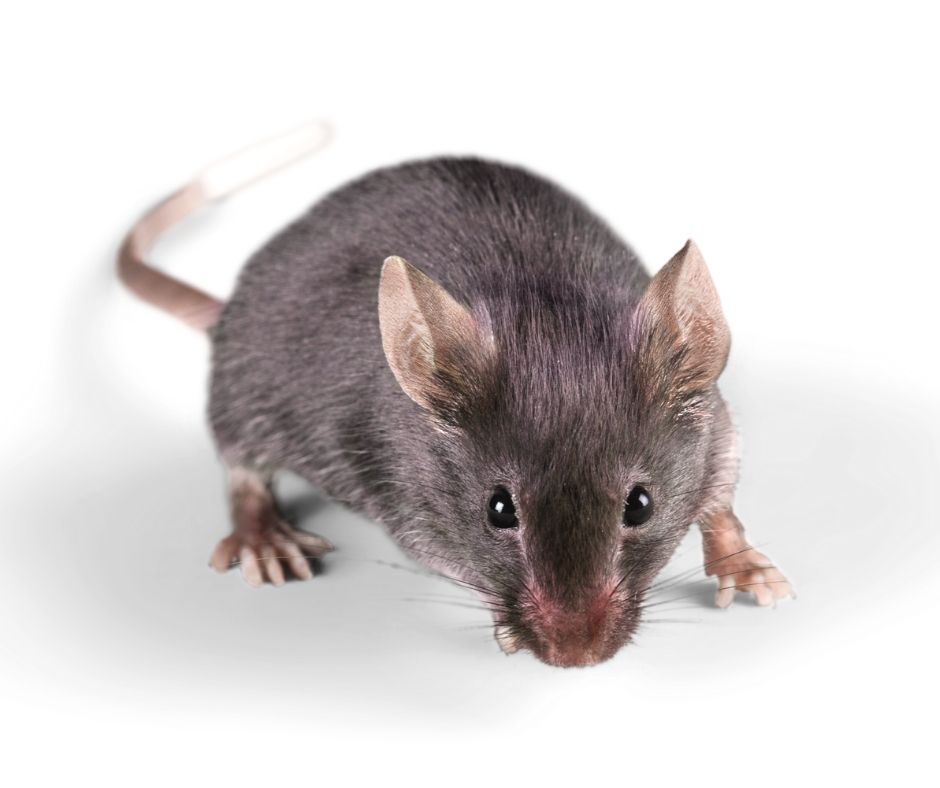
House Mouse Identification, Habits & Behavior Heron Home & Outdoor
House mice are typically dusty gray with cream-colored bellies. Fur color varies from light brown to dark gray depending on the mouse's location. House mice have four legs and a round shaped body. Their muzzles are pointed, and their ears are large with some hair. House mice range from 2.5 to 3.75 inches long.

House of Mouse Serie 2001
The body of a house mouse is anywhere between 2.5 and 3.75 inches long, while its tail is typically 2.75 to 4 inches long. These rodents breed rapidly, with each female often giving birth to.

House Mice Covenant Wildlife
House mouse Scientific name: Mus musculus The tiny, grey-brown house mouse is one of our most successful mammals. It thrives around buildings but is less likely to be found in our houses these days due to better construction. Species information Category Mammals Statistics Length: 10cm Tail: 10cm Weight: 20g Average lifespan: 1 year
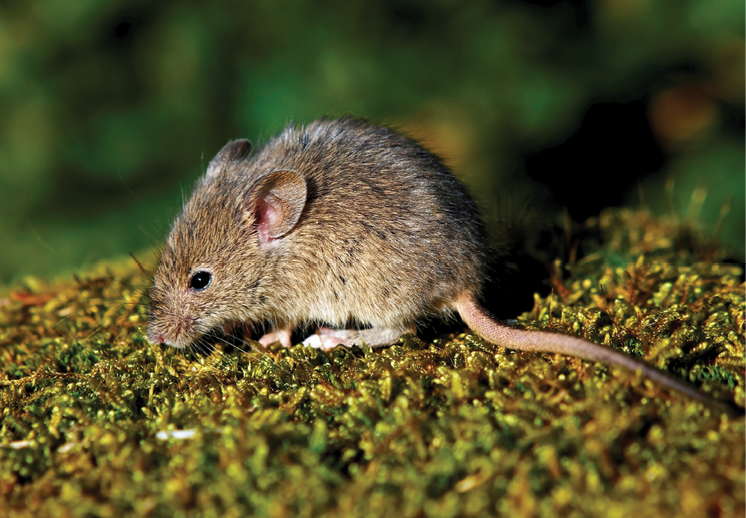
10 Reasons Why House Mice Thrive Pest Control Technology
The best-known mouse is the House Mouse, Mus musculus (MUSS MUSS-kuh-lus), which first made its appearance in Iran, Afghanistan, Pakistan, and northern India around 500,000 years ago, during the Cambrian Period, when most major animals began to appear. Oldest placental mammal fossil (Eomaia scansoria). Dinoguy2 / Wiki; cc by-sa 1.0)
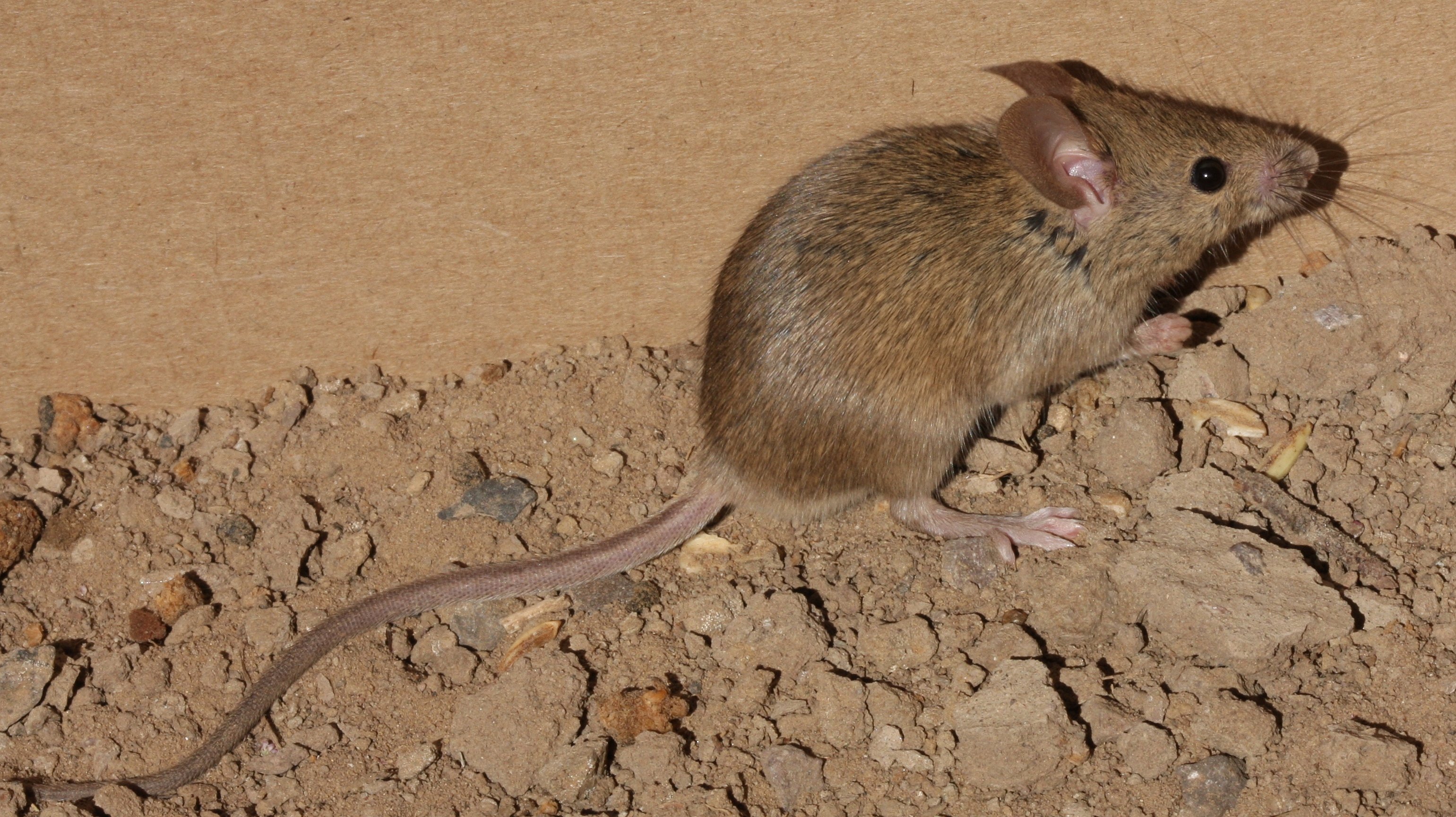
House Mouse Central Exterminating Co.
At Brooklyn's Morbid Anatomy Museum, students in a taxidermy class learn how to make dead mice anthropomorphic. By studying the fluctuations of house mouse fossils found in archaeological sites in.

Types of Mice in the UK Mouse Identification & Facts Pest Defence
"The house mouse is also known as the Mus musculus ," says Pearson. "It is known for its large ears, pointed snout and virtually hairless tail." House mice are constantly looking for food. Although they prefer grain-based products, they'll eat virtually anything humans eat.

House Mouse Vector Control Services
The largest mouse molars are only about 1 millimeter (0.04 inch) long. To collect them, Weissbrod spent a lot of time sifting dirt through a sieve with a very fine mesh. He collected 372 mouse teeth from the dirt at five archaeological sites in what is now Israel and Jordan. Those remains are 11,000 to 200,000 years old.
:max_bytes(150000):strip_icc()/house-mouse-resized-56a7098c3df78cf772919f9a.jpg)
What You Need to Know About the House Mouse
The house mouse ( Mus musculus) is a small mammal of the order Rodentia, characteristically having a pointed snout, large rounded ears, and a long and almost hairless tail. It is one of the most abundant species of the genus Mus.

House Mouse
With the advent of transgenic technology, which allows the identification of specific gene activities in developing mammalian organisms, the house mouse has once again taken a very important place in experimental research as one of the genetically best understood mammals.

House mouse Behavior, Habitat & Diet Britannica
The Australian Museum is a New South Wales Government funded cultural institution. Besides humans, the House Mouse is probably one of the most successful living mammals, with a widespread distribution throughout Australia and the world.

We've 'domesticated' the house mouse for 15,000 years •
The House Mouse - A clip from the British Mammal Guide DVDFor more information visit www.birders-store.co.uk